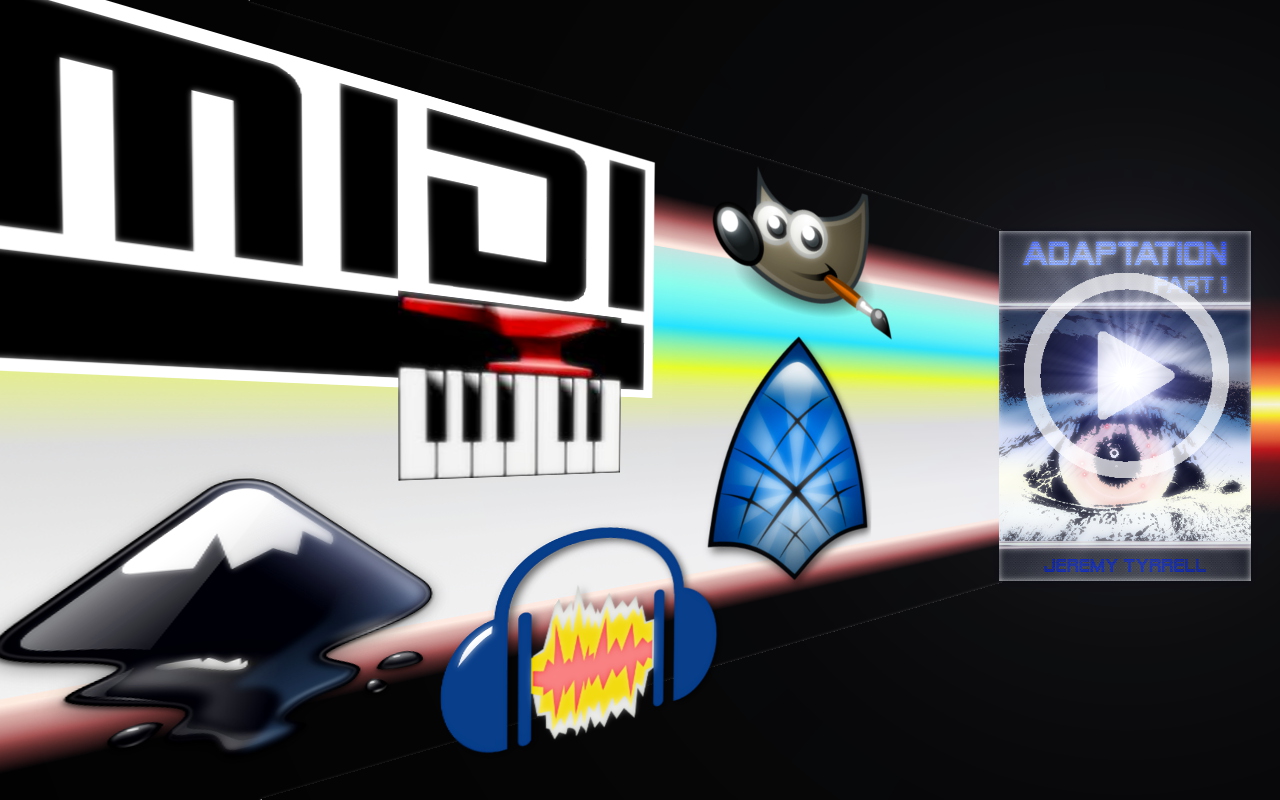There is a temptation, with everything we create, to fiddle and poke and prod to get it ‘just so’. This applies to writing, of course, but also to drawing and, as I’ve discovered, animating.
The Conundrum
We start the creative process with an idea, vague or exact, of what we want to build. As we progress, the idea will morph as we think more and more about it, and it should, for rarely is an initial idea perfect.
Things change, ideas change, the goal will change. A book, painting or animation is made up of many ideas, and therein lies the problem: the bits will change at different rates and in different directions. The struggle of the artist (read: one of the many struggles) is to keep all of the moving parts aligned an synchronised with each other.
That’s very much a software developer’s perspective, you can tell by the wording, yet it’s quite applicable.
As I’m making more scenes, my drawing style is converging, so that my original sketches are dissimilar to my current ones. So too with the colouring. So too with what I intend to offer to the end user. Now that the music has come into play, the order and relevancy of the scenes is also under question.
Along with all of this, comes the desire to optimise before functionality has been achieved and, as any good programmer can tell you, premature optimisation is the road to Paintown, stopping all stations.
Solutions?
While things change, and they have to, its good to set a few core elements in concrete. For example, when it comes to books, I can maintain the theme, the premise, and the setting while being free to develop characters or explore morals, so long as they fit within the scope of the aforementioned.
Likewise with animation, I am keeping to the original plan of showing parts of the story rather than telling the story. Which means that the scenes can be out of order in order to fit with the music, and they can take artistic license to render a scene conceptually, rather than in actuality.
Using this approach, it also shows me that some scenes that I had originally earmarked for inclusion no longer fit under the category of ‘an important part of the story’. In short, if the scene did not demonstrate something new to viewer, then there was no real point including it in the final cut.
I guess this is why film makers take so many shots and leave most of it on the cutting room floor. Not everything is relevant.
Also, since the music has been locked into about a minute or so, I’m restricted to the amount of content to include. This isn’t such a terrible thing. In fact, it solves the primary issue: I can’t afford to ‘optimise’ (tweak, fiddle, poke, prod, push, tap) until I’ve got the fundamentals laid out.
There’s a solution for you – limit the scope of any project, before you commit to too much, so that you are forced to really assess what must be in there and what would be nice, and what amounts to wood pulp .
.

